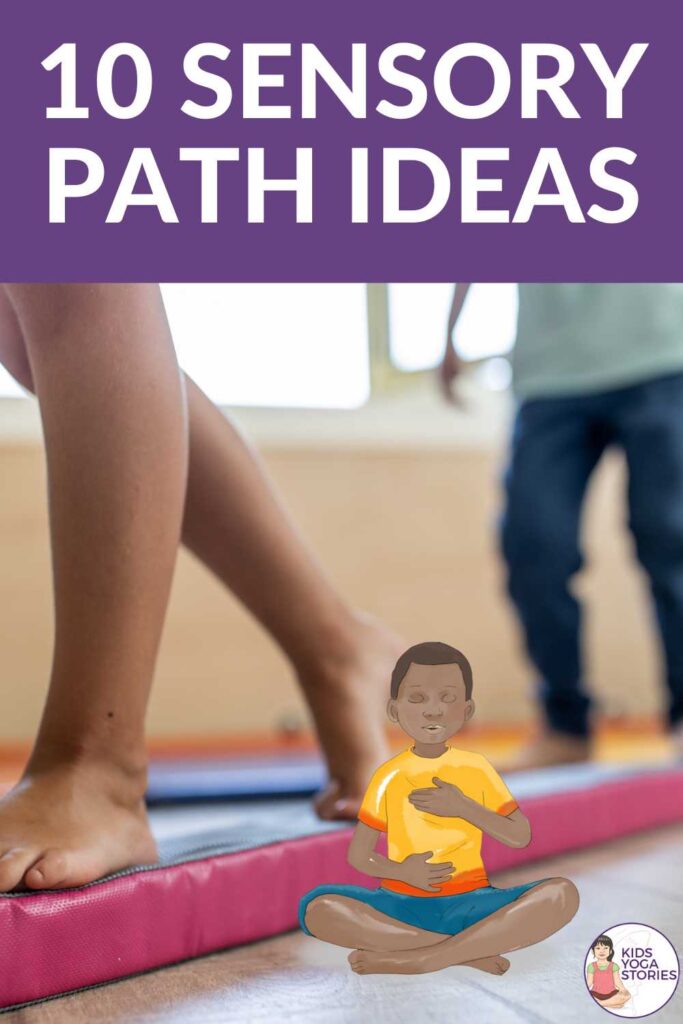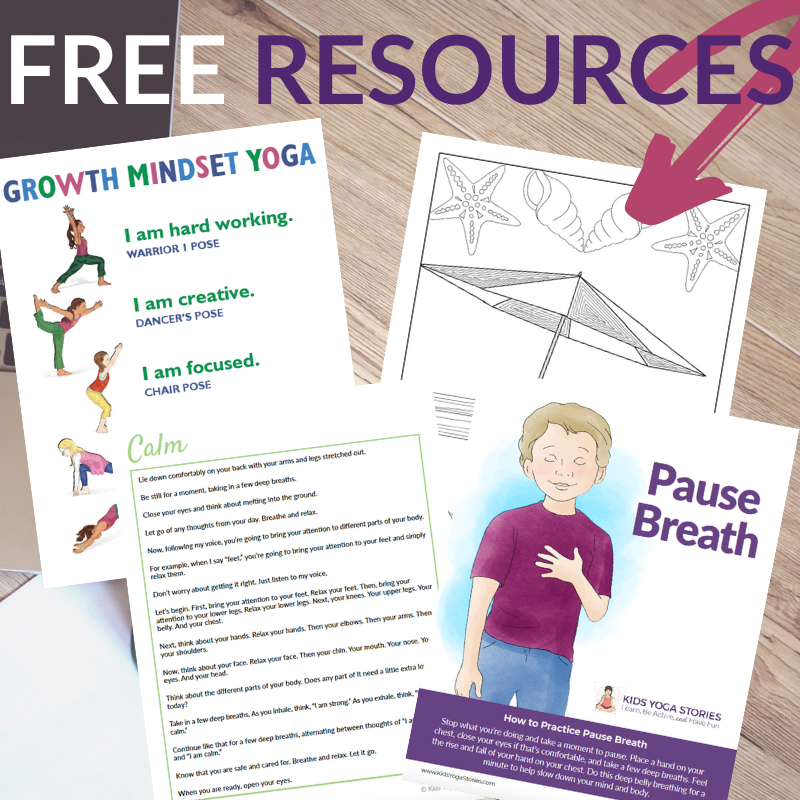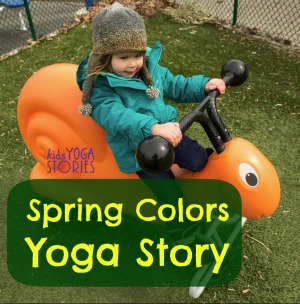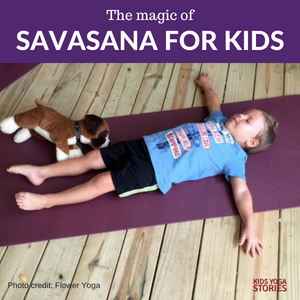10 Sensory Path Ideas for Your School – to Help Students to Take a Brain Break, Get Wiggles Out, and Regulate
10 Sensory Path Ideas for Your School, to Help Students to Take a Brain Break, Get Wiggles Out, and Regulate
Are you looking to create a sensory path in your school hallway, to help students to focus and self-regulate so that they are ready to learn?
We know how important it is for teachers and pediatric therapists to keep students engaged and focused to help them reach their social, emotional, and academic potential at school. However, keeping them focused for long periods can be challenging, especially when they’re feeling restless, anxious, or overwhelmed.
That’s where sensory paths come in. One of our Kids Yoga Stories community members, Nikki, who is a pediatric therapist explains further:
“Sensory Pathways are pictures that kids can do during transitions or as a “break” from classwork to have them focus or re-group.”
Many educators have found that sensory paths provide students a healthy way to manage their emotions rather than acting out or disrupting the learning environment. And then they can return to class ready to learn.
Today, I would love to look at what goes into a creating a sensory path and how it can benefit your students—to spark your ideas in putting together a customized sensory pathway that helps students to reset and refresh their minds.
What are the benefits of creating a sensory pathway?
Imagine a safe place for students to go when they are feeling overwhelmed, agitated, or in “fight, flight, or flee” mode—so that they can breathe, take a break, and regulate their emotions without acting out or disrupting the classroom.
A sensory path is a series of guided movements, shown by visuals on the ground or walls, that provide children with an opportunity to take a quick brain break from their regular classroom activities.
Sensory paths are designed to give students a quick break to help them get some wiggles out, regulate their emotions, and improve their cognitive function—in a fun and structured way.
Creating a sensory pathway in your school can provide numerous benefits for students:
- Improved motor planning and coordination
- Increased focus and attention to cognitive tasks
- Strengthened sensory connections
- Enhanced fundamental gross motor skills
- Structured movement breaks to help students stay engaged
All children need to know that it’s okay to take a brain break to get themselves back into balance so they can rejoin the class lesson—including students with additional needs, including autism, ADHD, and sensory processing disorders.
Understanding and monitoring their own emotions will help them gain the necessary life skills to become a productive adult in today’s busy, modern world. And we can start now by offering them a safe place in the school to get calm and organized!
FREE CALM CLASSROOM POSTERS
Bring the calming power of breath exercises to your classroom today!
Download these posters to share with your kids and as a little reminder for yourself to breathe!
What could you add to your sensory movement path?
A sensory path is not necessarily one-size-fits-all and instead can be customized to the needs of your students. Also, many educators change their sensory path each month according to a theme, like seasons or holidays.
It can be the size of your choice, depending on your space, and include whatever materials you would like, depending on the sensory needs of your students, your available resources, and budget.
At your school, it could be set up in a hallway, classroom corner, pediatric therapy room, gymnasium, library, cafeteria—wherever suits your school community best.
There are many options to buy sensory path stickers online, but if you are looking for a less expensive and more customized version, create your own DIY sensory path instead!
Many sensory paths include yoga and mindfulness activities or printables—items proven to help students to take a movement break, soothe their nervous systems, and get back into balance.
Nikki, the pediatric therapist from our community, continues to say:
“I have taken your Kids Yoga Stories products and adapted it to my needs for this. I use some items of yours and also others to build my monthly sensory pathway in the hallways.
This is because for sensory pathways, I need things that are done in standing (opposed to kids sitting or lying on the floor, which would not work for this).
I can use postures that have them bending, stretching, turning, twisting, or using the wall to push, balance, etc.
I like that you use themes and I tend to use holidays and seasons as well as some of your animal themes or self-esteem building themes.”
Below, we’ll explore ten different sensory path ideas that you can use in your school to help your students reset and refresh their minds.
10 ideas for your Sensory Path at School
1. Breathing Exercises: Breathing exercises enable children to take a pause and calm their nervous system. Visuals provide them cues on how to practice various breathing techniques that they can practice on their own.
2. Balancing Beams: Creating balance beams is an easy way to promote balance and core strength while giving your students a break. These beams can be created using foam, pool noodles, or even tape on the floor. Encourage students to walk along the beams sideways, backward, or with their eyes closed.
3. Animal Adventure Walk: Take your students on a pretend animal adventure by acting out various animals from around the world through yoga poses. Post animal yoga pose images on the walls for them to practice yoga moves.
4. Hopscotch: Every student is familiar with hopscotch! Create a hopscotch board to give your students a bit of silly fun while improving their motor skills.
5. Yoga Poses: There are plenty of yoga poses that are kid friendly and perfect for a quick sensory break. Try standing yoga poses that are balancing, energizing, strengthening, core-focused, and twisting. A yoga poster is also handy for those children who would like to explore how to best move and stretch their bodies.
6. Obstacle Course: Set up an obstacle course with various items such as hula hoops, blocks, or cones for kids to navigate. This helps build their motor skills and offers sensory feedback.
7. Push, Pull, and Jump: Set up a wall space that cues students to do various gross motor exercises, like wall push-ups, chair sits, push-ups, pull-ups, planks, rope-pulling, jumping jacks, or volcano jumps.
8. Slow Walk: Encourage your students to engage in slow-motion marching (or snail walking) with controlled movements while following a pattern to refocus the mind—either in a circle or along a windy path using duct tape.
9. Mindful Moment: Provide mindful moment opportunities for students to take a moment to turn inward, quiet their minds, and reboot. Activities could be watching a bubbler, breathing with a Hoberman sphere, balancing a bean bag, doing a search-and-find, or coloring in a group coloring page.
10. Sensory Experiences: For a tactile experience, offer opportunities to touch things of different textures, like rough turf, sand, foam blocks, or squishes. Or allow them to do a slow walk through the space with noise-cancelling headphones. Or hang some I Spy posters.
Creating a sensory pathway in your school provides several benefits for both teachers and students. By offering quick physical activities, sensory paths can help to reduce student fatigue and frustration, allowing them to recharge and return to learning in a more calm and focused state!
MAY WE SUGGEST…
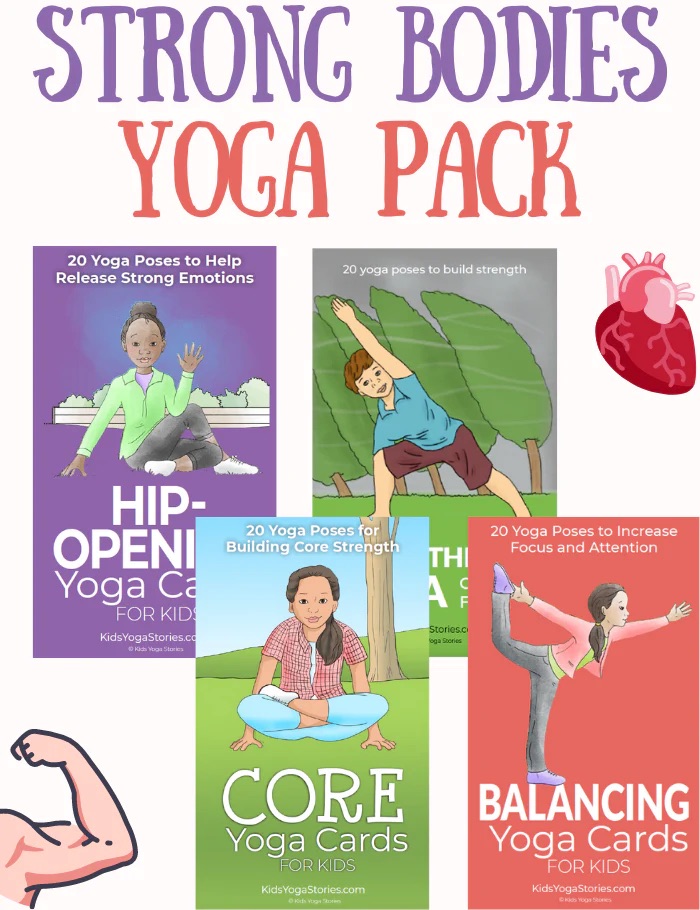
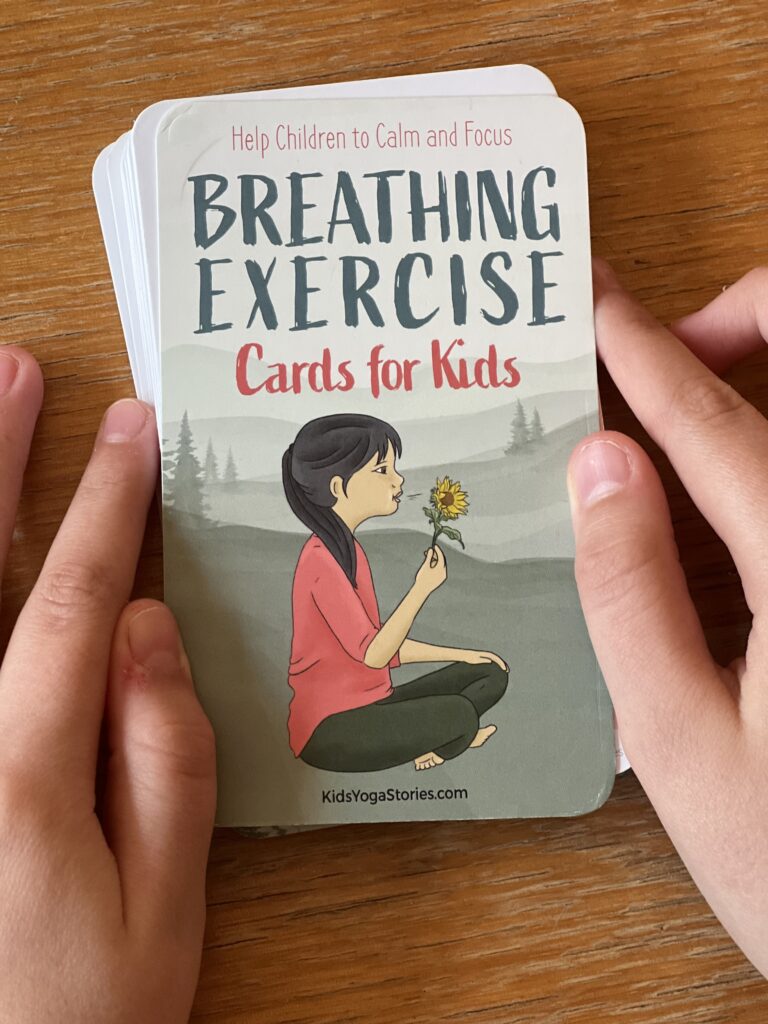

You Might Also Like
SAVE FOR LATER
